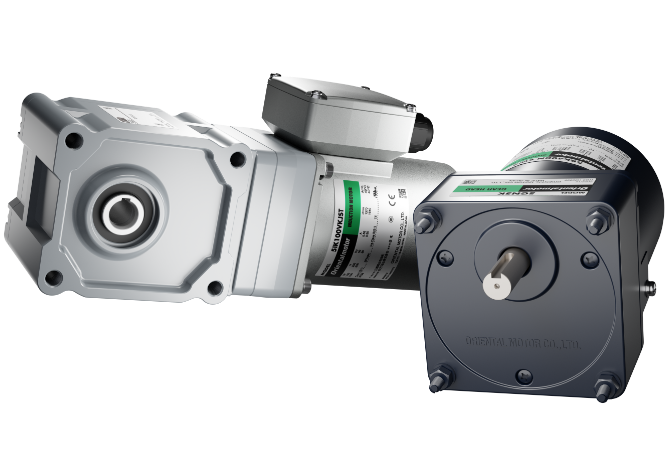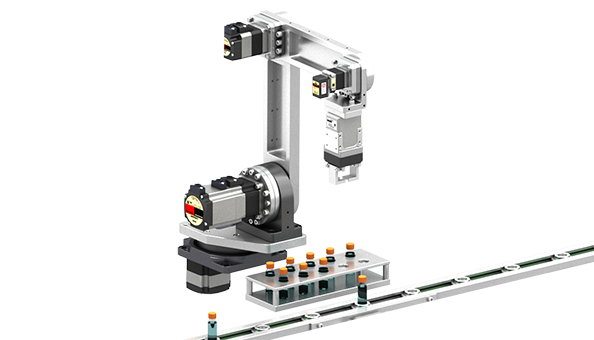AC Motors

Motors capable of constant speed, instantaneous bi-directional operation, load holding during vertical operation, and tension control are available. Our motors can accommodate the various movements required by the customer’s equipment. We also offer motors that can be operated in harsh environments, such as watertight, dust-resistant motors.
AC Motors
Overview and Related Information
Overview of AC Motors
AC motors are widely used as a power source for automated equipment because they can be operated easily by simply connecting the motors to an AC power supply.
Oriental Motor offers AC motors incorporating various operation functions. These can also be combined with circuit products for brake packs and speed control, or assembled with actuator products such as gearheads and linear heads. Therefore, these can be used in a wide range of applications.
Features of AC Motors
Motors for Easy Operation
AC motors include single-phase motors used with a single-phase power supply and three-phase motors used with a three-phase power supply.
Single-Phase motors can be operated by connecting them to a single-phase power supply via the included capacitor.
Three-Phase motors do not require a capacitor and can be operated by connecting them directly to a three-phase power supply.


Rotation Speed Determined by Power Supply Frequency
The basic speed (synchronous speed*) of an AC motor is determined by the power supply frequency and the number of poles.
Since most of Oriental Motor’s products are 4-pole, the synchronous speed is as follows.
- 50 Hz
- 1500 r/min
- 60 Hz
- 1800 r/min
The actual rotation speed varies with load torque.
When a load torque equivalent to the rated torque is applied, the rotation speed of Oriental Motor’s products will be approximately as follows.
- 50 Hz
- 1200~1300 r/min
- 60 Hz
- 1450~1600 r/min
The rated speed of our AC motors is set within these ranges for each product.
When calculating the speed of the device in more detail, refer to this rated speed.
Also, the power supply frequency may vary by region. For automatic devices that will be used in various regions, use different gearhead gear ratios.

Select the Motor According to Load Torque
The torque generated by each AC motor is different depending on the motor frame size and length.
Oriental Motor has systematized motor sizes and output power, and offers products with frame sizes ranging from 42 mm to 104 mm and output power from 1 W to 200 W.
Depending on the load torque, you can choose a motor from a wide range of variations.
Related Information
For Those Who Have Not Decided on a Series
View More About the Selection Guide

Selection Guide
This selection guide will help you find the product series best suited for your equipment. Select an equipment application example and follow the guidance to select a product series.
Learn More
View More about the Problem Solving Case Studies

Problem Solving Case Studies
Here is the information on the solutions for your equipment issues. We introduce examples of in-house production of equipment used in actual manufacturing sites, as well as application examples of our recommended products to solve the issues with conventional equipment.
Learn More